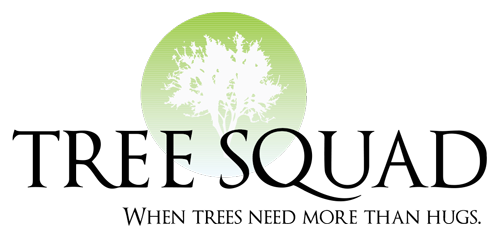Zimmerman Pine Moth
Attacks:
Scotch, Austrian, Ponderosa, Mugo and occasionally white pine.
What you will see:
- Oozing globs of resin
- Burgundy larvae underneath the resin mass
- Broken leaders or main branches
Life cycle:
- Moths emerge from in late August through September
- Eggs laid on terminal buds and around wounds
- Larvae feed in fall before entering hibernation
- In April, larvae resume feeding and burrow into bark
- Resin masses appear by late spring and early summer
Cultural practices:
- Use low nitrogen fertilizer
- Make sure watering is adequate
- Trees planted too close together are more susceptible
- Shaded trees are susceptible
Chemical management:
- Insecticides can be effective used in the late fall and early spring. Consult with your Arborist for recommended treatments.
Additional Zimmerman Pine Moth Information:
There are countless moth species that infest conifers, but there are two that you need to know about if you have pines and live in the Midwest: the European pine shoot moth and the Zimmerman pine moth. The larvae of both species cause damage by boring into the terminal and lateral tips of host trees while feeding. These two moths differ greatly in lifecycle and appearance, so it is important to recognize and understand each of these differences to effectively control them before they overwhelm your plants.
The adult European pine shoot moth is a rusty orange-red moth that has irregular silvery markings on its forewings, while its hindwings are brown, and it has whitish legs. Once in the mature larval stage, the insect is about 3/8-inch long and is a caterpillar with a black head. It overwinters in the larval stage within the buds of pine trees. In spring the larvae begin feeding again, moving to undamaged buds once they complete their development in May or early June. Adults emerge three weeks later. They then mate and lay eggs one at a time or in small clusters on twigs, buds, or needles. Their eggs are flat and typically start out yellow in color, turning reddish-brown as they grow. They produce just one generation each year.
After the eggs hatch the new larvae begin spinning a protective web between the needle sheaths and the stems of the current year’s growth. The larvae begin mining the base of the needles by boring through the needle sheaths. By mid-summer, the larvae move on to feed on the buds and construct new webbing. These webs are translucent and glisten, but later turn into yellowish-white masses that are virtually impenetrable. In August, the feeding comes to an end.


